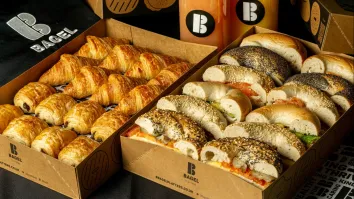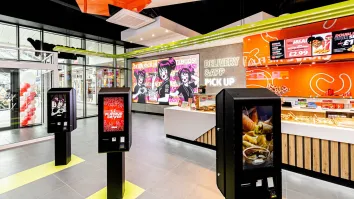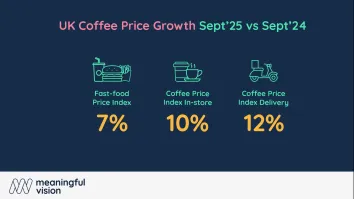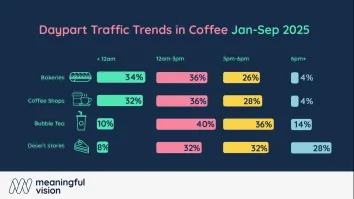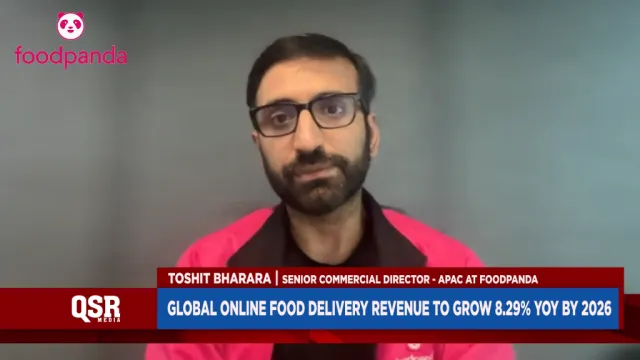Optimising between channels not necessary for restaurants
Global online food delivery revenue is expected to grow annually by 8.29% in 2026.
Contrary to the common belief in the need for optimizing between online and offline channels, Toshit Bharara, Senior Commercial Director of Asia-Pacific at foodpanda, argued that such an approach is not necessary for restaurants.
Bharara emphasized a unified approach to restaurant digitization, saying that the increasing trend towards digitization requires restaurants to adapt their operating models more holistically.
“There is an increasing trend towards digitisation and restaurants need to be prepared for the new normal and start adapting to these newer trends. It means that they could and should change their operating model,” he said.
“Restaurants don’t necessarily need to optimise between channels, as these channels are not cannibalising each other,” Bharara added. This includes exploring new store formats, varied menu structures, and innovative ways of managing stock and inventory.
Bharara stressed the importance of a unified brand image across both digital and physical platforms. “Restaurants need to replicate the same pricing, menu and branding online as they have in their physical outlets,” he advised. This consistency is crucial in a digital-first era where many customers’ first interactions with a brand are online.
Bharara observed a significant shift post-pandemic and noted that the baseline for online food delivery has shifted upwards, with an average restaurant now doing a larger percentage of its business through online channels.
“An average restaurant which used to have five to 10% of their business from online food delivery has now grown from 10 to 20%, even though it is lower than during the pandemic period,” Bharara said, “This shift is leading restaurants to reconsider their business models, including store formats and menu structures tailored for delivery.”
According to Bharara, foodpanda’s role in this changing landscape is expansive, as the company has introduced a variety of services to support the digitisation of the restaurant industry.
“We’ve added foodpanda pick-up, dine-in, and acquired Tabsquare AI for QR ordering services. Our pandago service supports logistics for restaurant-generated orders,” Bharara explained.
Bharara suggested that the focus should not be on optimizing between online and offline channels but rather on adapting to the broader digitisation trend which requires a shift in perspective in viewing digitisation not as a separate channel to be optimised but as an integral part of the restaurant’s overall operational strategy.



